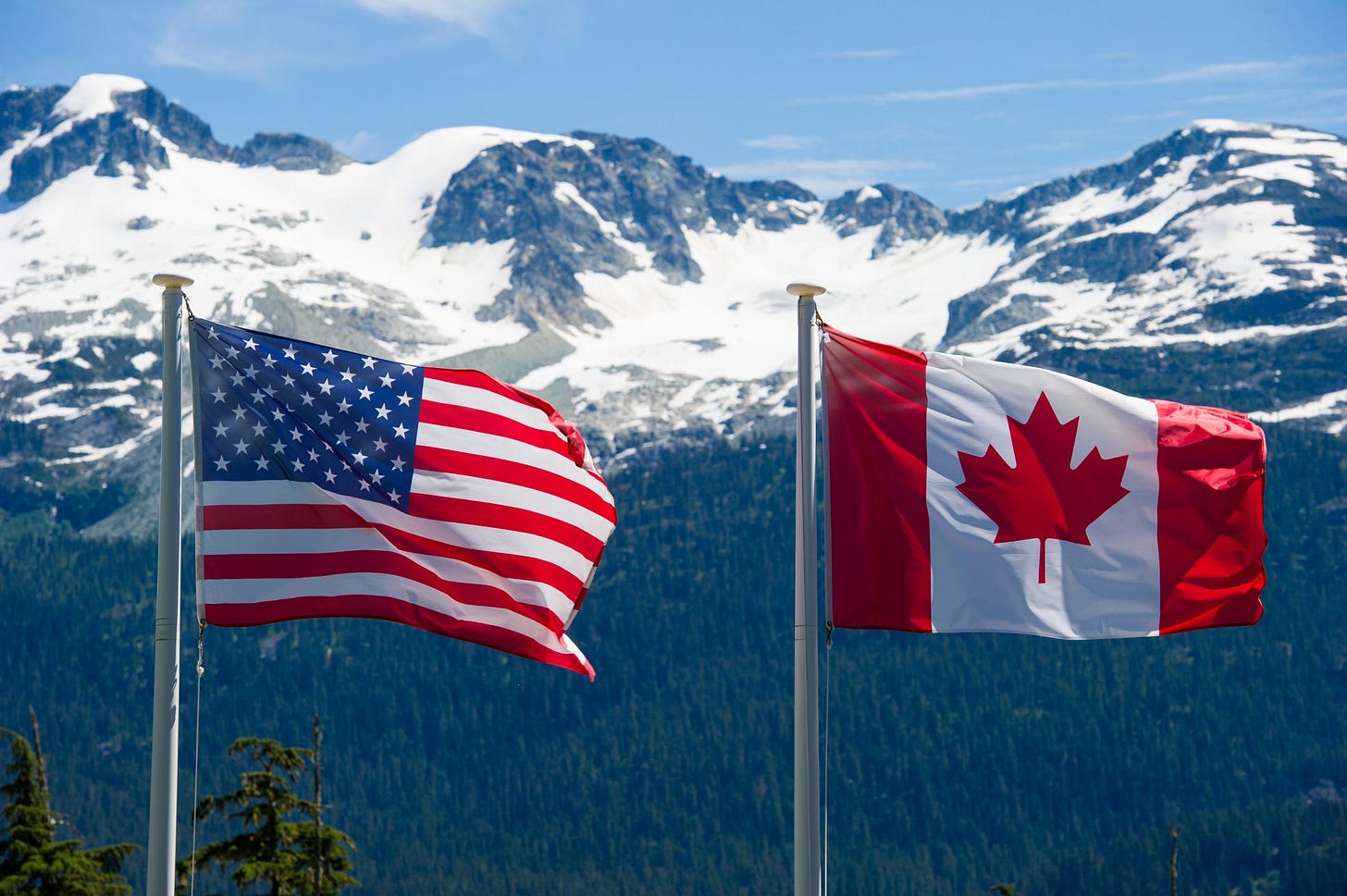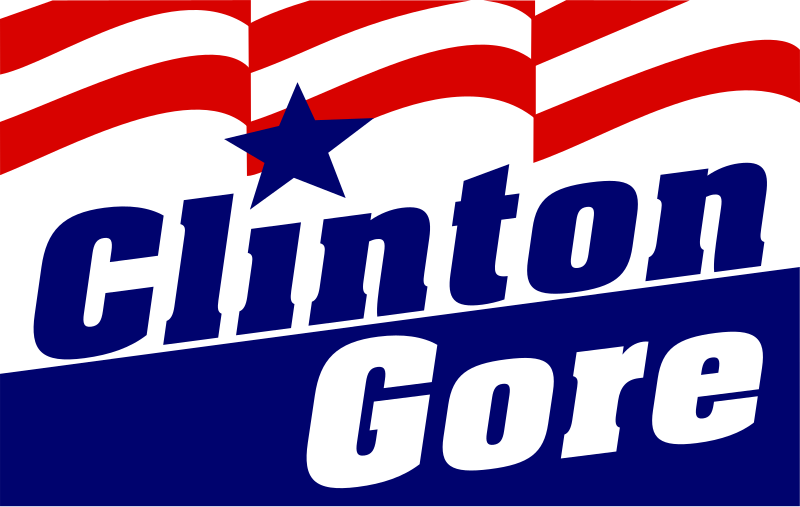An Economic Union with the U.S. Should Be Viewed with Extreme Skepticism
If people like Kevin O'Leary really believe Pierre Poilievre will bring down the debt and make Canada's economy strong, then their arguments that we need Trump to do so for us is nonsense.

Since I started studying Economics in high school in 1992, I was never opposed to some degree of economic integration with the U.S. In the beginning, it was because I did not know much about U.S. politics and government. In fact, my first memory of following a U.S. Presidential election was during that same year when watching TV late one night, I saw people waving Clinton/Gore signs; not knowing Al Gore at all but knowing the PMRC very well, I thought “Ooh, they must really hate this Clinton guy if they are comparing him to Tipper Gore!”
This leads me to a recent article in the National Post in which Kevin O’Leary proposed an economic union with the U.S. I will get back to that proposal in a moment, but I first want to give some background on my historical feelings toward economic integration between Canada and the U.S., to show that this is not an ideological concern for me.
From Childhood to Middle-Aged: 1988-2016
Since I started following Canadian politics during our 1988 “free trade” election, I was always open to increased economic integration with the U.S. Initially, my support for free trade was simply because Brian Mulroney’s Progressive Conservative (PC) party backed it, and my parents were PC Party supporters. But the more I studied economics throughout my life, the more I believed the benefits of such economic integration with the U.S. outweighed the costs. These feelings were held regardless of who was POTUS — party affiliation did not matter, because even when I had strong feelings against a certain President’s policies, I still trusted them to understand that both countries can be made better off if we integrate economically, so they would not try to harm Canada for its own sake.1
Maybe I was naive, but I could never imagine any leader of Canada or the U.S. being so antagonistic toward the other one, much less being elected on a platform of being antagonistic toward the other side. But as I grow older and wiser, I am continually reminded of how little I know. That is why I am skeptical of an economic union with the U.S., at least while MAGA-style Republicans have any chance of being in power.
But that does not mean I am entirely opposed to any kind of economic integration with the U.S. It just depends on its degree.
Five Degrees of Economic Integration
There are five degrees of economic integration, as explained in W. Charles Sawyer & Richard L. Sprinkle’s textbook International Economics (third edition, 2009):
Preferential Trade Agreement: tariffs are reduced or abolished for a limited number of goods. Such agreements are typically illegal under WTO rules which require tariffs to be lifted for “substantially all” trade — where “substantially all” typically means nonagricultural tariffs. It is possible to get a waiver for such an agreement, such as with the U.S. Canadian Agreement on Trade in Automobiles and Parts in 1962.
Free Trade Area: reduce tariffs on substantially all trade and do it within a reasonable time frame (15 years). Such an area might cover more than just goods, such as services, foreign direct investment, and portfolio investments. This was the case with NAFTA. Furthermore, each country is still allowed to keep its own tariff schedule.
Customs Union: have a free trade area with a common external tariff schedule that is phased in over time, and also typically includes agricultural products (contrary to a free trade area).
Common Market: a customs union with free factor (e.g., labour) mobility within the market. The European Union is an example, although they found difficulties with moving to a full common market due to wage differentials within the market, as well as difficulties with harmonizing regulations.
Economic Union: a common market with some degree of unified government fiscal and monetary policies, and therefore a common currency and common central bank.
This leads to the first problem with an economic union with the U.S.: as argued by my favourite professor at Carleton University, Nick Rowe — a gentleman who made a very positive impact on my life while I was a student there — in terms of the Eurozone, a common central bank “can't function as an effective lender of last resort without some form of political union.” Therefore, a complete economic union would not work without Canada officially giving up its sovereignty completely to the U.S. (more on the 51st state “joke” later in this post).
But even if we ignore that argument, would it really be best for Canada to let the U.S. government control our fiscal policy — because think about it: does anyone seriously believe Trump would allow us to have a legitimate voice at the table?




